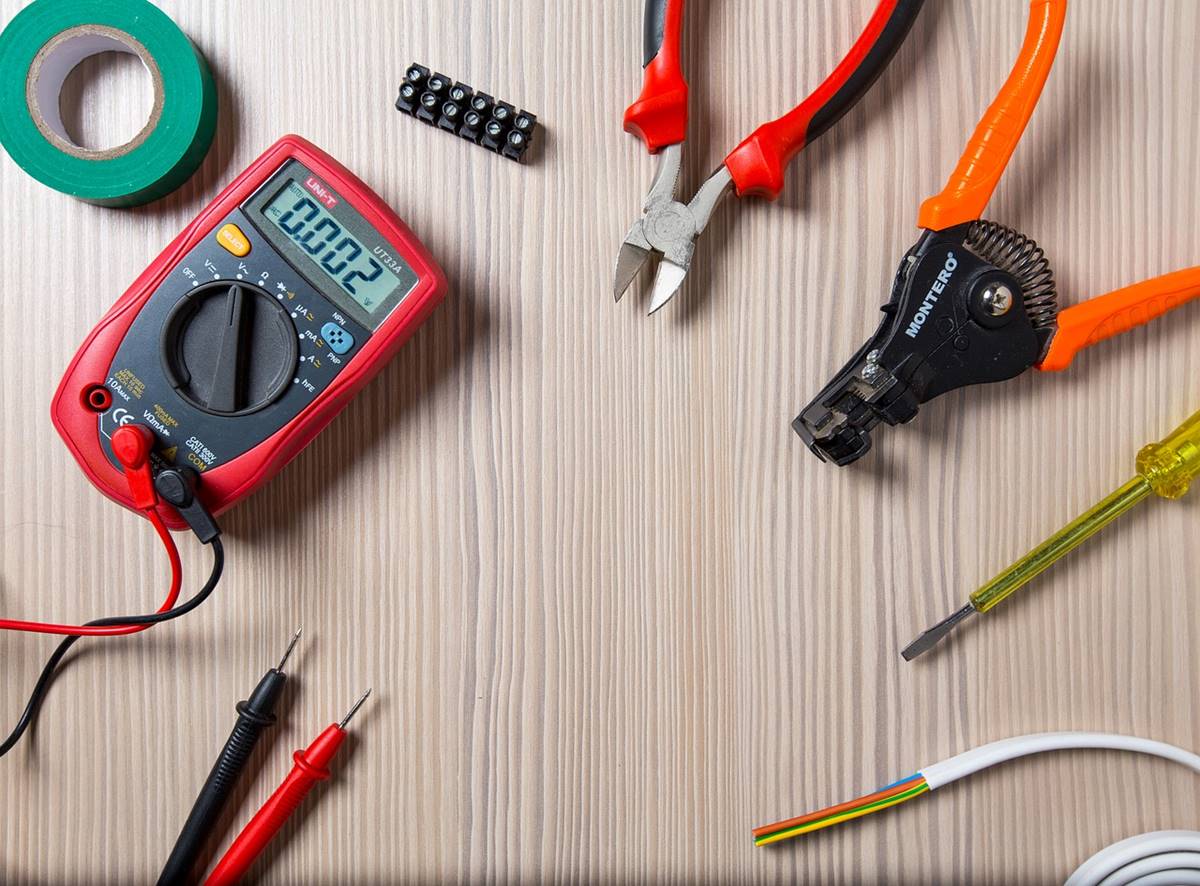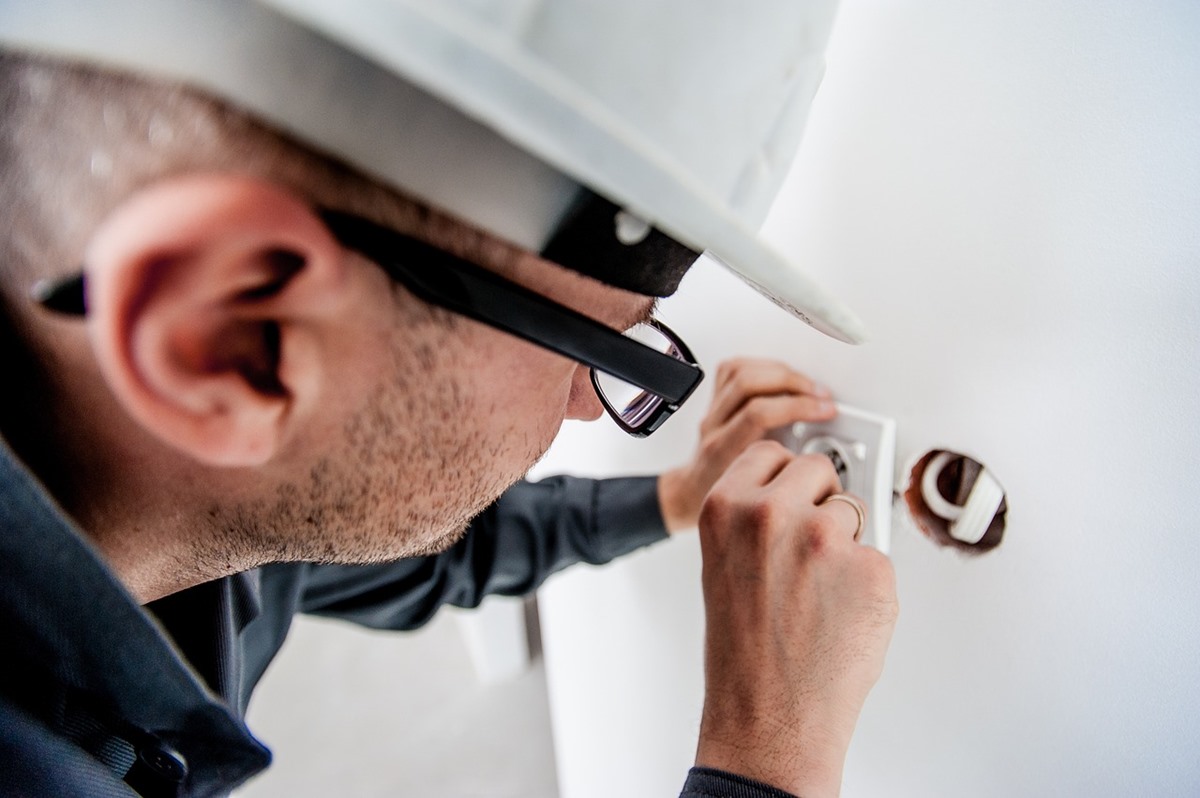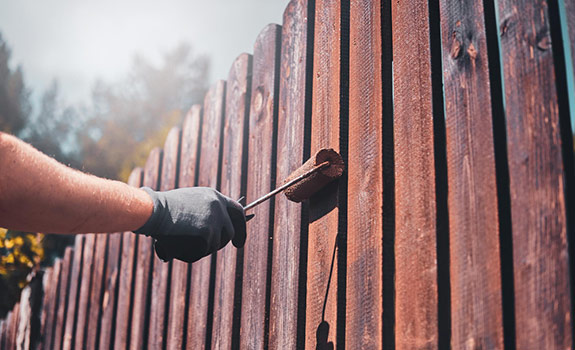One of the most challenging things to repair is a house electrical wiring. In rare cases, an electrical issue is simple but you need to make sure that you are aware of some electrical mistakes to avoid when doing DIY repairs.
To start with, you will need to pinpoint the problem and what caused it. Recognizing the problem will mean applying the correct method of repair. Here is a list of electrical mistakes and some solutions.
Upgrading Blown Fuse or Tripped Breaker
Most homeowners think that upgrading a fuse or a whole breaker into higher amperes will solve the tripping of a circuit. Doing this may result in negating the work of the designated fuse or breaker for a circuit. If you use a 30 amp breaker to replace a 15 amp breaker, the installed wire will overload. The tripping of the wire will continue unless you deal with the cause of the constant tripping. A fire is imminent if left unfixed.
Using Electrical Tape for Connections and Splices
Using electrical tapes for connections is not accepted in electrical work practice. Electrical tapes are not reliable, and they are not durable enough to last. You should use electrical wire nuts and know the method to install it so there is a sufficient amount of wire to avoid excess tension on the splice.
Working While Main Switch is Still Turned On
One of the electrical mistakes to avoid when doing DIY repairs is not turning off the power while working with wires. It is very dangerous to work with live wires as it can cause injuries and even death. Make sure that you turn the main breaker off and check first with a reliable tester that it is safe to work with the wires.
Improper Use of Wire and Cable Size
You should be aware of wire gauges when doing your repairs. A wire is a single strand of conductive material, and a cable is a set of two or more conductive materials with insulation. It would be best if you always referred to the original electrical plan and computations mending with wires. Using the wrong gauge of wires or cables will lead to a catastrophe.
Substandard Outlet and Switch Fittings
If you need to replace your outlets or switches, it must fit perfectly into the utility box, and you can tightly secure them. Electricity can jump or arc if your fittings are not tight enough. It can also overheat, which can lead to an electrical fire. Make sure that you are using standard accessories and enough lengths of wires or cables. Wires or cables that are too short or too long may lead to big problems as well.
Not Considering Wattage of Light Bulbs
Light bulbs are also important electrical features that require attention to detail. You should be aware of the light bulb’s wattage and also the socket’s capacity. The socket will throw more electricity to the bulb if it doesn’t have enough wattage. This mistake may also lead to overheating and can create fire. Installing bulbs with the wrong wattages is one of the electrical mistakes to avoid when doing DIY repairs, and it decreases the efficiency of the whole house.
Causing Overload on Power Outlets
Power outlets have the capacity to supply electricity for several usages. One power circuit can contain enough power to supply eight outlets. Kitchen appliances have their own designated power outlets because they consume more energy than regular appliances in a house. Make sure that a power outlet is not overloaded.
Electrical repairs are a hazardous task. It is recommended that you use the help of an electrician when dealing with electrical complications. If there is no one to help you, be sure to consider knowing these electrical mistakes to avoid a disaster while doing DIY repairs.








